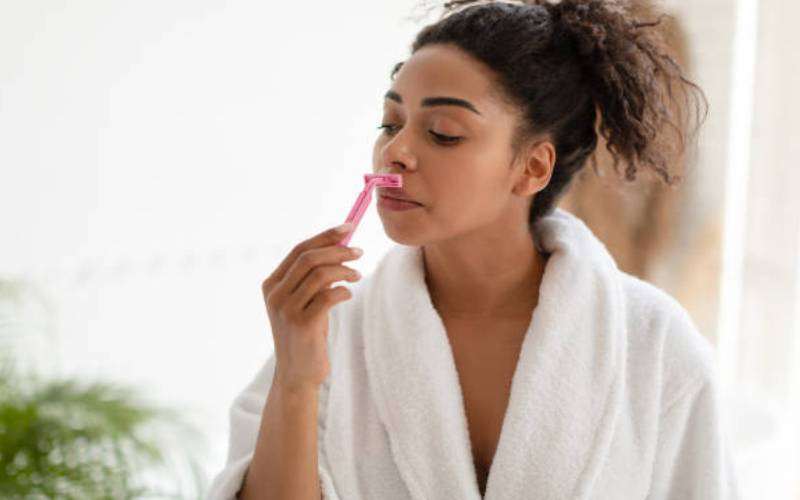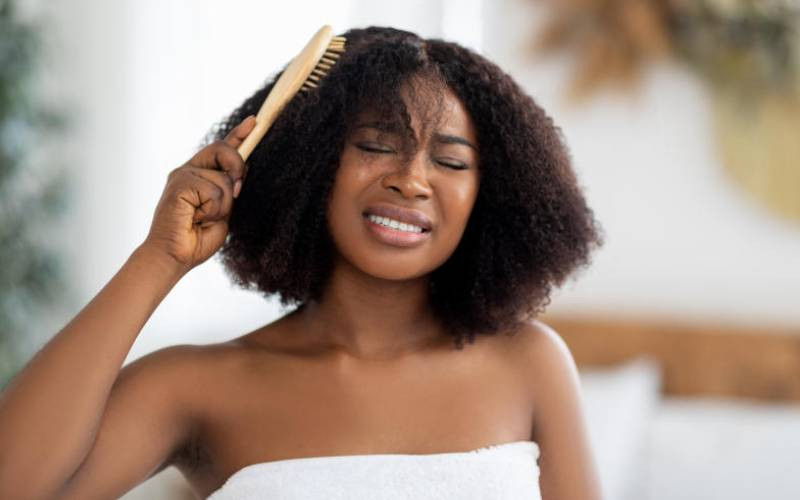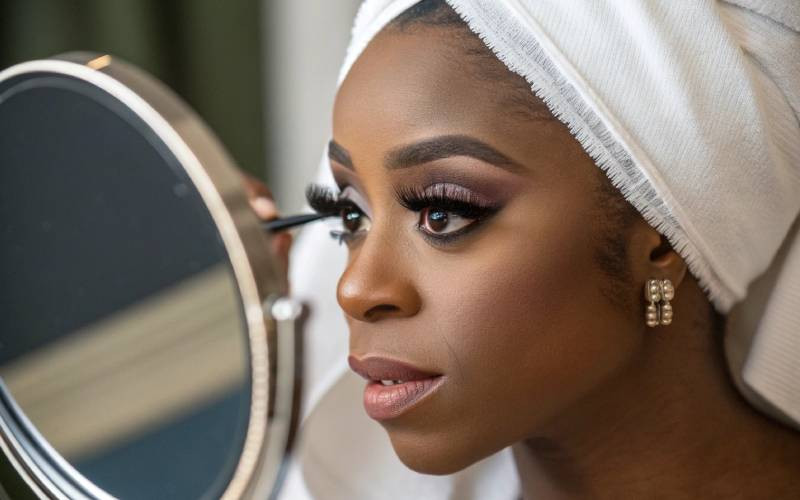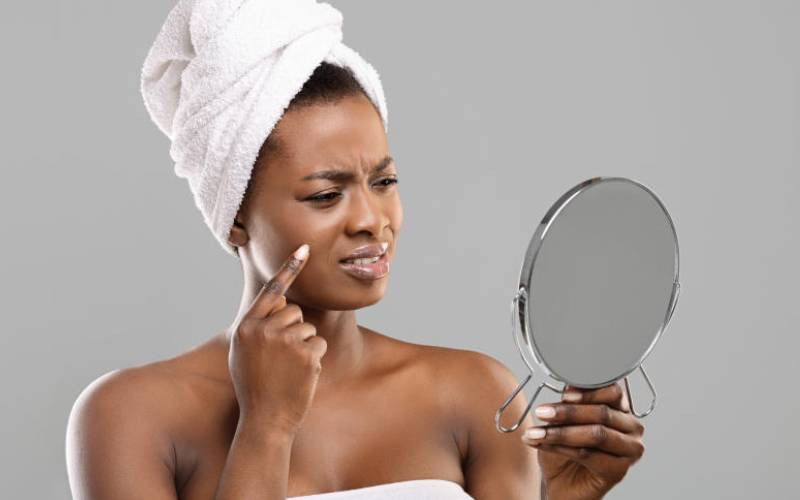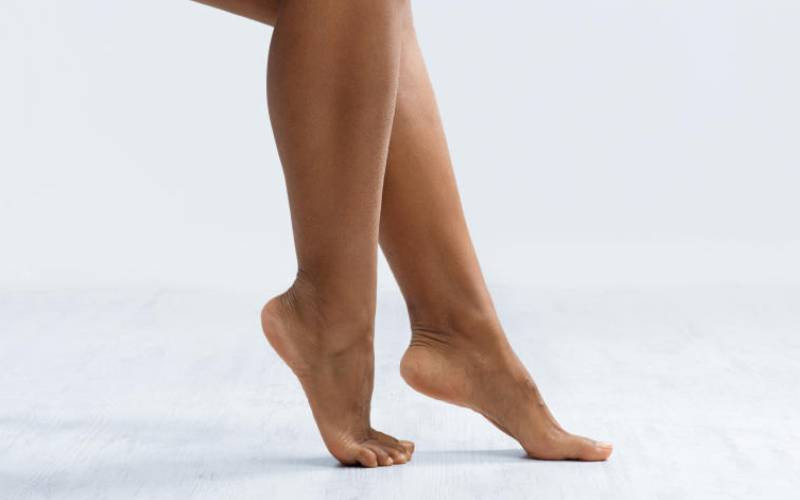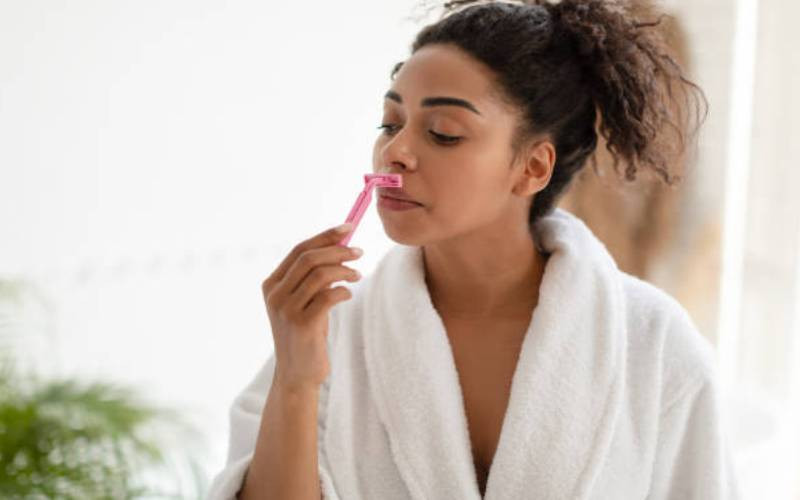
The beauty conversation rarely touches on a quiet struggle many women face, the appearance of coarse, dark hair in traditionally male growth areas such as the chin, jawline and upper lip.
What hirsutism looks like:In women with deeper skin tones, facial hair tends to be coarse, thick and heavily pigmented. It typically appears on the upper lip, chin and cheeks, and can sometimes extend from the jawline down to the neck. As the hair is darker, it creates a visible ‘shadow’ against the skin, even after shaving.
Appearance: The hair is black or very dark brown. Once shaved, the blunt tips can create an almost immediate shadow or stubble.
Texture: The hair feels coarse and stiff compared to the soft, fine vellus hairs that naturally cover the face. Over time, aggressive removal methods can irritate the skin, leading to inflammation and ingrown hairs.
Why it happensFacial hair growth of this kind is usually triggered by an excess of androgens (male hormones) or an increased sensitivity of the hair follicles to these hormones. The most common underlying cause is Polycystic Ovary Syndrome (PCOS), a hormonal imbalance that can also affect menstrual cycles and metabolism.
Finding the right treatmentBecause pigmented skin is more prone to Post-Inflammatory Hyperpigmentation (PIH), dark spots can appear after irritation or injury. It’s crucial to choose hair removal methods that minimise trauma to the skin.
Topical treatmentsPrescription options are often the first step. Oral contraceptives can help balance hormone levels and reduce androgen activity. Topical creams, such as those containing eflornithine hydrochloride, can also slow down hair growth when applied consistently to affected areas.
Laser hair reductionLaser hair reduction remains the most effective long-term option, but it must be done using the correct technology for darker skin tones. The safest lasers are long-pulsed wavelengths, which target the hair follicle beneath the surface while minimising the risk of burning or pigmentation changes in the skin.

 The Standard Group Plc is a multi-media organization with investments in media
platforms spanning newspaper print
operations, television, radio broadcasting, digital and online services. The
Standard Group is recognized as a
leading multi-media house in Kenya with a key influence in matters of national
and international interest.
The Standard Group Plc is a multi-media organization with investments in media
platforms spanning newspaper print
operations, television, radio broadcasting, digital and online services. The
Standard Group is recognized as a
leading multi-media house in Kenya with a key influence in matters of national
and international interest.

